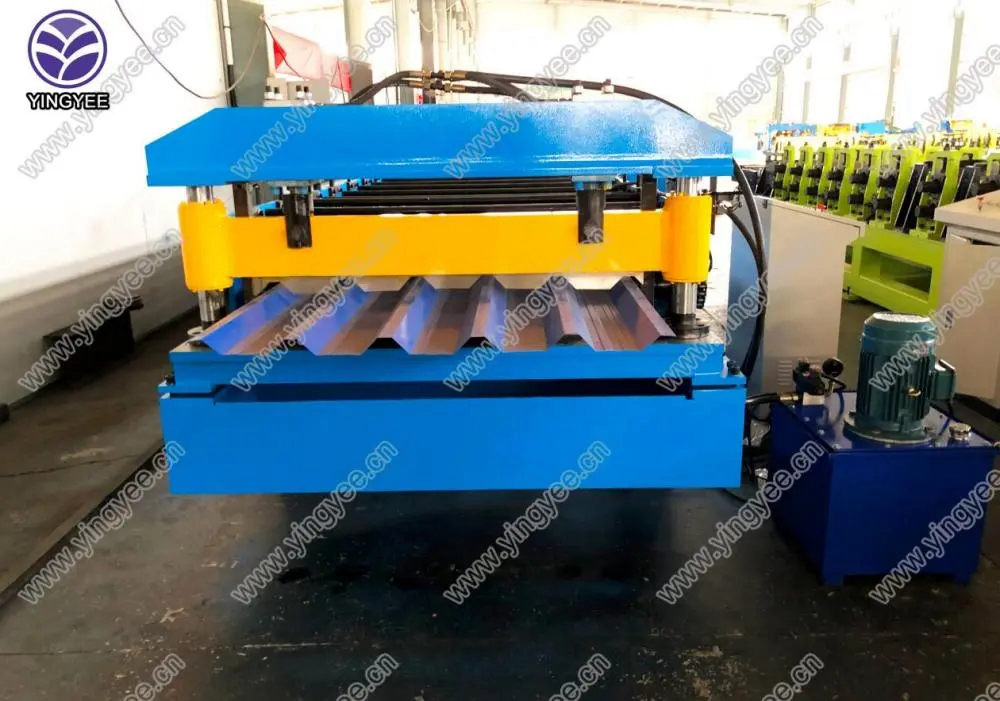
The Art and Science of Metal Curving An Exploration
In the realm of metalworking, few techniques hold as much significance and versatility as metal curving. This process, which involves bending metal into a desired shape or contour, plays a crucial role in various industries, from construction and automotive manufacturing to art and design. Understanding the principles and methods behind metal curving reveals its importance in both functional applications and aesthetic creations.
Metal curving encompasses a range of techniques, including bending, rolling, and flanging. Each of these methods can be executed using different tools and machines, such as hydraulic press brakes, rollers, or even manual hand tools. The choice of technique often depends on the type of metal being used, the thickness of the material, and the specific curvature required. For instance, softer metals like aluminum can be bent more easily compared to harder metals like steel, which may require specialized machinery to achieve the desired bend without fracturing.
One of the primary benefits of metal curving is its ability to enhance structural integrity. Curved metal elements, such as arches and beams, can distribute weight more evenly, allowing for stronger and more durable constructions. This is particularly advantageous in architectural applications, where curved structures not only add aesthetic value but also optimize the overall strength of a building. The iconic Sydney Opera House is a prime example of how metal curving can be utilized to create visually striking and structurally sound edifices.

In addition to its functional uses, metal curving is a vital technique in the artistic world. Sculptors and designers leverage the fluidity of curved metal to create dynamic forms that can evoke emotions and inspire awe. Artists like Richard Serra and Anish Kapoor have pushed the boundaries of metal curving by crafting large-scale installations that invite viewers to engage with the material in unique ways. These works often challenge conventional perceptions of space and form, showcasing the expressive potential inherent in curved metal.
The evolution of technology has also played a significant role in advancing metal curving techniques. With the rise of CNC (Computer Numerical Control) machines, precision and efficiency have reached new heights. CNC machines can execute complex curves with unparalleled accuracy, allowing for intricate designs that were once impossible to achieve. This technological advancement has democratized the art of metal curving, enabling both large manufacturers and small artisans to explore innovative designs and processes.
However, metal curving is not without its challenges. The process requires a deep understanding of material properties, including ductility and tensile strength, to avoid issues such as cracking or warping. Skilled metalworkers must also pay close attention to the radius of the curves and the direction of the grain in the metal, as these factors can significantly impact the final outcome. Proper planning and execution are essential to ensure that the curves not only meet aesthetic expectations but also adhere to safety standards.
In conclusion, metal curving is a multifaceted technique that bridges the gap between art and engineering. Whether used to construct robust structures or to create thought-provoking sculptures, the ability to manipulate metal into curves expands the possibilities for creativity and innovation. As technology continues to evolve, the future of metal curving holds great promise, allowing artisans and engineers alike to explore new territories in design and functionality. Embracing this intricate process paves the way for a rich tapestry of artistic expression and structural advancement, highlighting the enduring significance of metal curving in our modern world.